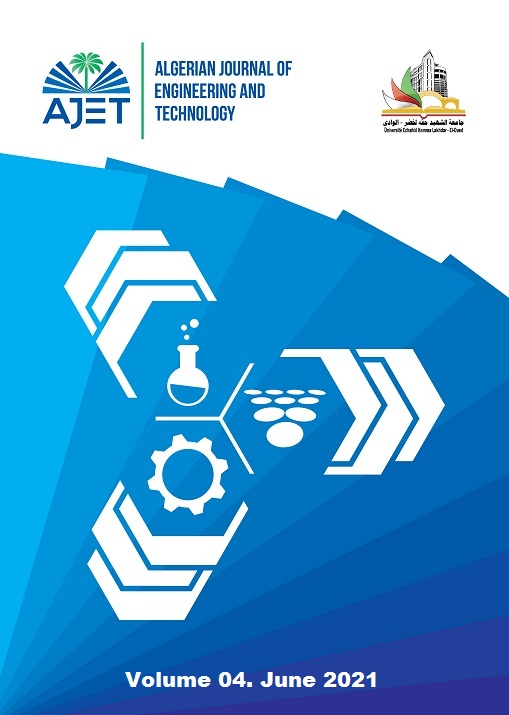
Algerian Journal of Engineering and Technology
Yazarlar: Jani Dilip Batukray
Konular:-
Anahtar Kelimeler:Desiccant cooling,Hot and humid,Regeneration,Renewable solar energy
Özet: In last few decades due to global warming the temperature of the earth increases continuously day by day responsible for the increased energy demand for cooling the building space. Vapor compression based conventionally used traditional air conditioners consume tremendous energy for cooling the building. So, it is time to search for cooling system which maintains necessary thermal comfort at optimum energy use. Desiccant assisted evaporative cooling system having greater potential for use of renewable solar energy as well as effectiveness in terms of maintaining comfort in hot and humid climate. In the present paper, solid desiccant based evaporative cooling systems are reviewed and it is shown that desiccant assisted evaporative cooling perform better and displayed comparatively lower energy consumption as compared to the traditional air conditioning systems. Cite as: Jani, D.B. (2019). An overview on desiccant assisted evaporative cooling in hot and humid climates. Algerian Journal of Engineering and Technology, 1(1), 032-038. http://dx.doi.org/ 10.5281/zenodo.3595178 References